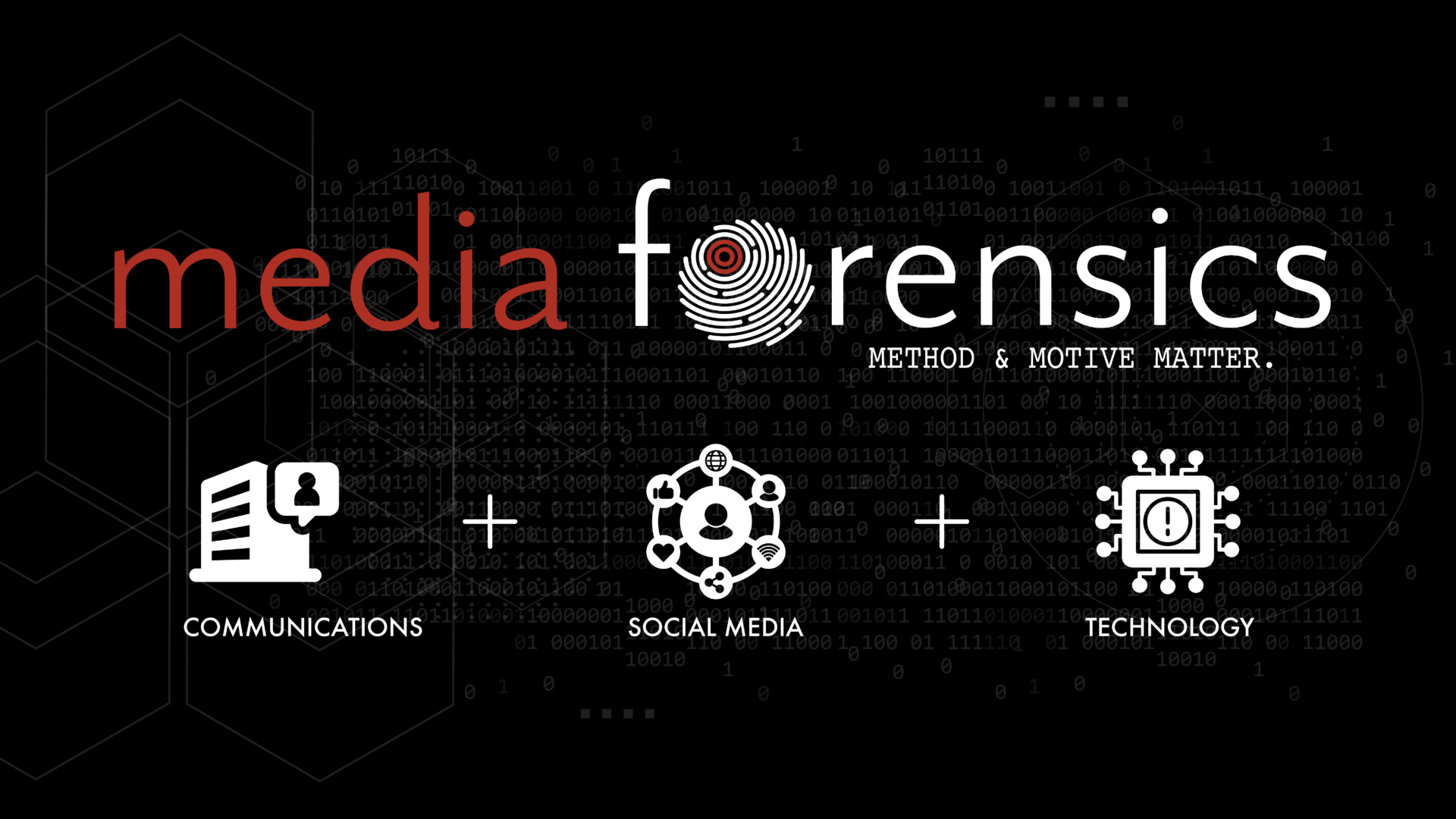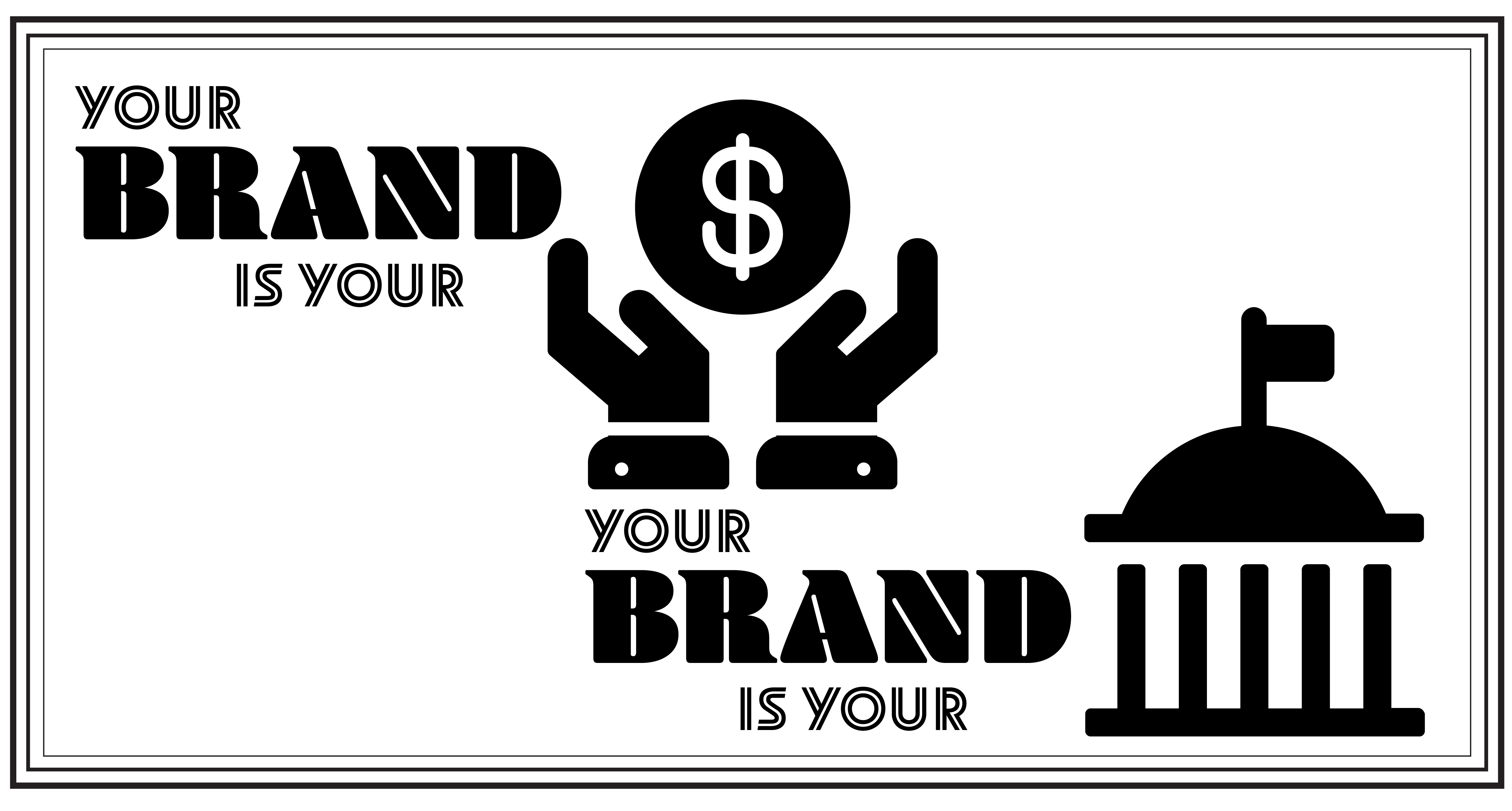What Organizations Can Learn From the Trump Trial
One day, academics and artists will deliver to us a more complete picture of what went down in Washington D.C. on January 6, 2021. While we await those distressing and complex chronicles, there are several immediate learnings to be had. In the case of this post, it’s about brand reputation and crisis communications and what can be learned from how the House Managers approached the case.
Despite all temptation, this is not intended to be a political post. Nor is it meant to diminish the tragic events of that day by comparing the sanctity of democracy and human life to the material nature of corporate safety. But, all tragedies Illuminate; it would be wasteful to look away.
Both the events on January 6, and the risks brands are in today, are the result of a cyclical, three-stage problem with the way society processes information. We function in world where (1) entrenched social polarization (2) thrives on an epidemic of misinformation that is then (3) amplified by technologies which, if one were a poet, one might call feral.

For example, is tweeting #stopthesteal a call for ardent conservative voting and peaceful protests, or a call for violence and destruction? Do the statements “fight like hell” and “trial by combat” point to an organized plan for a government overthrow, or strut a new iteration of “locker room talk”? And the guy in horns and furs? Was he a theatrical narcissist looking for 😂, 👊, or 🥰 in social, or a wolf in wolf’s clothing intending to do real harm? Without deeper context behind these persons and their beliefs and actions, there is no way to know. No way to prove intent. No way to convict.
Hypothetically, imagine if the House Managers simply counted the number of tweets and likes coming from @RandomAngryPatriot1776 in an attempt to prove intent. Or, if they looked solely at Facebook and Twitter, ignoring the deeper web entirely. Or, if they used sentiment analysis to analyze the crowd and, as a result, proclaimed:
Dear members of the jury: our computer sentiment analysis found that 89% of all tweets sent during Donald J. Trump’s speech fell into the “angry” category. This is a 9,914% increase more than any other Trump speech. Moreover, 16% of this 89% used the angry/grumpy/pouty face emoji [😡]. According to our data intelligence, this an indication of being 17.7% more angry than those individuals relying on text-only communications. This data proves Donald J. Trump incited a riot.
Fortunately for democracy, this was not the House Managers’ approach. (And, yes, The Alleged was not convicted. But not because he was found to be innocent, as Mitch McConnell stated clearly. Alas, however, no evidence can overcome subjective jurisprudence propped up by personal bias and self-preservation.)
As with the Capitol riots, when your company is under attack, there will be those waving real guns and those waving tribal flags; those who are part of an organized mobilization intending real harm, and those who are bored isolationists pursuing kicks; there will be those dressed in combat armor and those dressed as Vikings. All of these actors may be offensive and guilty of some wrongdoing, but the degree of their threat—uncovered by identifying the context behind their actions—matters immensely.
When your brand is attacked in social media, you must establish context to determine a proper response. You need to understand how the attackers organized and communicated when, where, how and most importantly, why. Counting videos and tweets is meaningless unless you determine the method and motive—the context—behind those videos and tweets.
This post works under the assumption that a given brand crisis is an unwarranted attack. For example, a disinformation campaign waged against your company after your CEO offended a community of people by personally donating to an organization that said-community finds offensive. The reality is, however, most brand crises are at least somewhat self-inflicted. The people vocalizing their anger may very well have a legitimate reason to be upset. This makes understanding the context even more important: you must determine through investigation who is saying what, why they are saying it, and where and how it is being shared. Isolationists or insurrectionists? Gun-bearers or flag-wearers? Parler or Pinterest? Only through this context can you correct your behavior and repair your reputation.
It must be conceded here that the government has far more resources than most organizations. In the Capitol case, they could afford to watch every video posted to social frame-by-frame, use geo-tracking to follow individuals from the speech to the Capitol, and to monitor Parler, Telegram, Gab, 4chan, 8kun and the rest of the Internet ignored by social monitoring tools. However, the resources needed to identify context are less about dollars and more about involving individuals who understand the recesses of the deeper web, the language of social media, the nuances of method and motive and how they impact crisis management.

